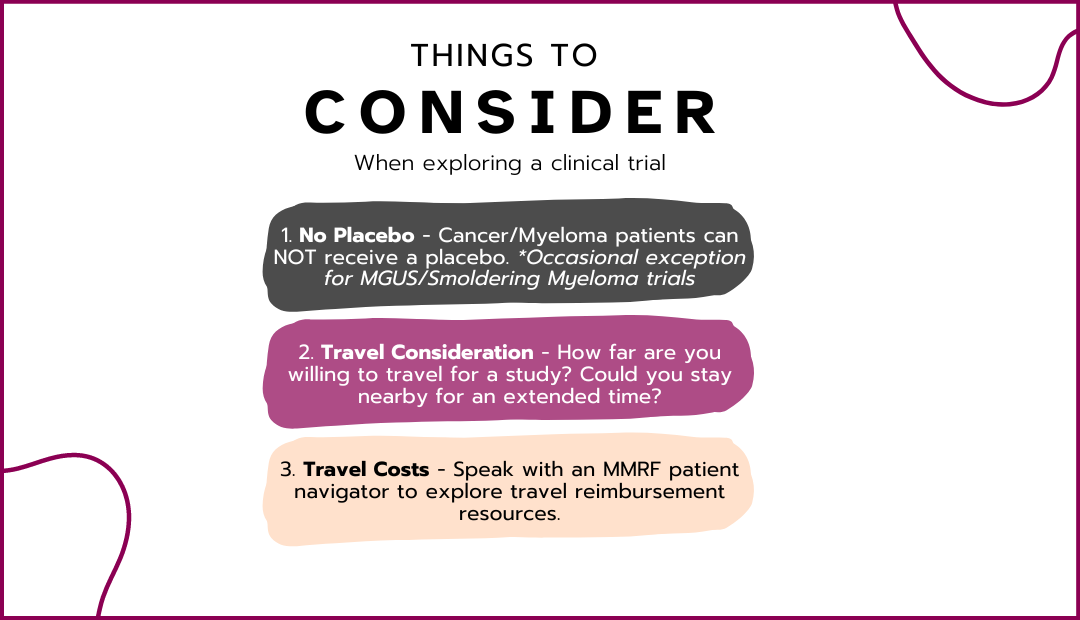High Dose Ascorbic Acid (HDAA) in Patients With Plasma Cell Disorders
NCT06313502
Age 18 - 100
Sex Both
Phase Phase 1
Third Opinion Trial Synopsis
In this clinical study, researchers are exploring a new treatment approach for patients with a specific type of blood cancer. The study focuses on using a combination of therapies to improve patient outcomes. Here are some key details about the study:
- The treatment involves a combination of existing therapies and new methods to enhance effectiveness.
- Patients will receive personalized treatment plans based on their individual health needs.
- The study aims to evaluate how well this combination works compared to standard treatments.
- Researchers are particularly interested in how this approach can help patients who have not responded well to previous therapies.
- The study includes a diverse group of participants to ensure the findings are applicable to a wide range of patients.
Third Opinion AI Generated Synopsis
Trial Summary
The purpose of this research is to evaluate whether HDAA in combination with a single dose of 100 mg/m2 IV melphalan followed by autologous stem cell transplantation (ASCT) is safe and effective for subjects with relapsed refractory multiple myeloma. The proposed melphalan dose is 50% of the current standard myeloablative dose (200 mg/m2). Based on our preclinical data, the investigator hypothesize that the combination of reduced dose melphalan with IV HDAA will have high efficacy and tolerability Primary Objective To determine tumor response using International Myeloma Working Group (IMWG) criteria (see Appendix B). Secondary Objectives Objectives: 1. Determine the safety and tolerability of HDAA in combination with reduced dose melphalan conditioning and autologous stem cell transplantation (ASCT) in relapsed refractory multiple myeloma subjects. 2. Determine the rate of Minimal Residual Disease (MRD) negativity at time point of response assessment using 8 color flow cytometry on BM sample. Functional imaging, such as positron emission tomography (PET) scan and magnetic resonance imaging (MRI), will also be performed to assess the disease status. 3. Categorize and quantify adverse events compared to historical control. 4. Determine quality of life parameters using standardized health-related quality of life measures 5. Determine oxidative stress parameters in plasma during treatment.
The purpose of this research is to evaluate whether HDAA in combination with a single dose of 100 mg/m2 IV melphalan followed by autologous stem cell transplantation (ASCT) is safe and effective for subjects with relapsed refractory multiple myeloma. The proposed melphalan dose is 50% of the current standard myeloablative dose (200 mg/m2). Based on our preclinical data, the investigator hypothesize that the combination of reduced dose melphalan with IV HDAA will have high efficacy and tolerability Primary Objective To determine tumor response using International Myeloma Working Group (IMWG) criteria (see Appendix B). Secondary Objectives Objectives: 1. Determine the safety and tolerability of HDAA in combination with reduced dose melphalan conditioning and autologous stem cell transplantation (ASCT) in relapsed refractory multiple myeloma subjects. 2. Determine the rate of Minimal Residual Disease (MRD) negativity at time point of response assessment using 8 color flow cytometry on BM sample. Functional imaging, such as positron emission tomography (PET) scan and magnetic resonance imaging (MRI), will also be performed to assess the disease status. 3. Categorize and quantify adverse events compared to historical control. 4. Determine quality of life parameters using standardized health-related quality of life measures 5. Determine oxidative stress parameters in plasma during treatment.
from ClinicalTrials.gov
Locations & Contact
Fill out the form and to let the Multiple Myeloma Research Foundation know you are interested in this trial.
Contacts:

